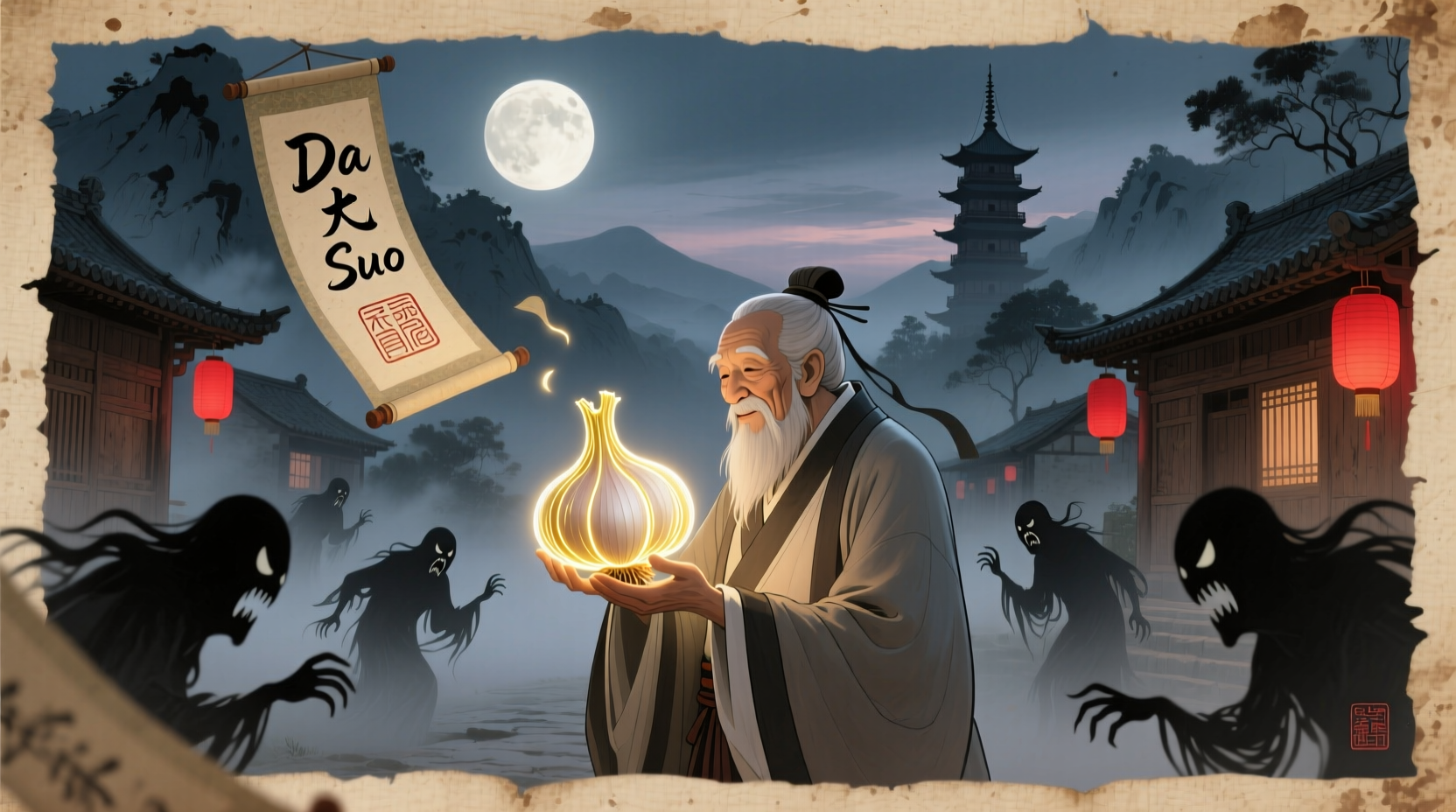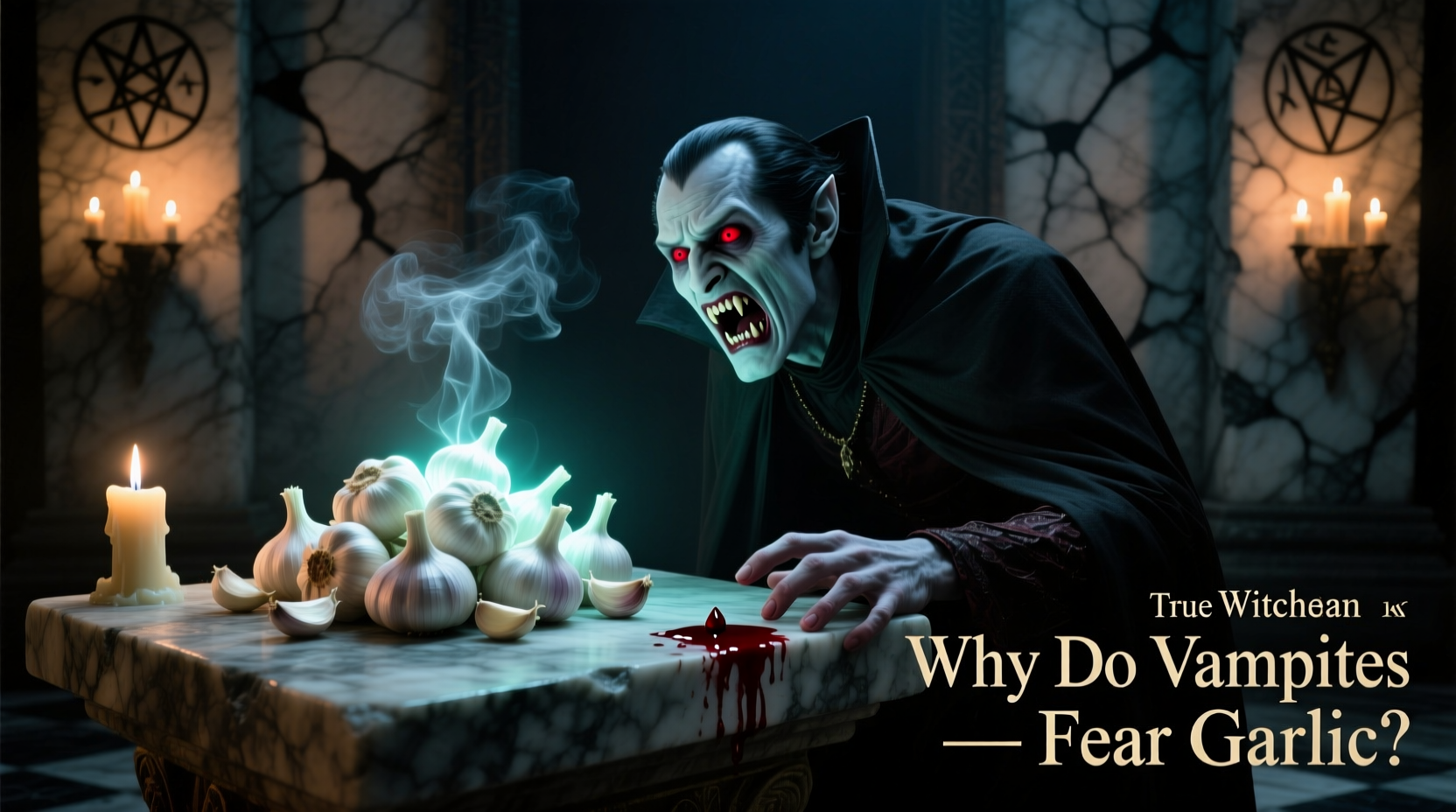Vampires don't actually exist, but the myth that they hate garlic originated in Eastern European folklore where garlic was believed to ward off evil spirits and disease. This superstition was popularized globally by Bram Stoker's 1897 novel Dracula, which established garlic as a protective symbol against vampires in modern pop culture.
The Historical Roots of Garlic as Protection
Long before vampires entered popular imagination, garlic held sacred status across ancient civilizations. Archaeological evidence shows garlic was placed in Egyptian tombs as early as 3750 BCE, believed to provide strength and protection in the afterlife. In ancient Greece, athletes consumed garlic before Olympic competitions for vitality, while Roman soldiers ate it for courage.
| Culture | Historical Period | Garlic's Protective Role |
|---|---|---|
| Egyptian | 3750 BCE | Placed in tombs for afterlife protection |
| Greek | 8th century BCE | Consumed by athletes for strength |
| Indian | 500 BCE | Used in Ayurvedic medicine against disease |
| Slavic | Medieval period | Hung above doors to ward off evil spirits |
How Garlic Became Vampire-Specific
The specific connection between garlic and vampires emerged from Eastern European folklore, particularly in regions like Transylvania, Bulgaria, and Serbia. In these traditions, garlic wasn't exclusively for vampires but served as general protection against all evil spirits and illnesses. During plague outbreaks, people wore garlic believing it could prevent disease transmission—a practical misunderstanding of how epidemics spread.
When Irish author Bram Stoker researched for his 1897 novel Dracula, he drew from these Eastern European superstitions. In Chapter 9, Van Helsing instructs Mina to protect herself with garlic: "I have brought with me from Amsterdam some of the same flowers that so much benefitted Lucy. There are some for your room, and some for the room of your friend Lucy. They are wild roses. I have brought them because they are sweet to the smell, and because they are held sacred to the Virgin, and are of good omen. But there is another reason. They are a sure defense against the vampire, for he cannot pass where these grow." Though Stoker referenced roses here, he later established garlic as the primary protective agent.

Why Garlic Specifically? The Scientific Angle
Anthropologists suggest garlic's prominence in vampire lore stems from its genuine medicinal properties. Modern research confirms garlic contains allicin, a compound with antimicrobial and antifungal properties. A 2020 study published in the Journal of Ethnopharmacology documented garlic's historical use against parasites and infections (source).
In pre-scientific societies, people observed that those using garlic seemed healthier during disease outbreaks. Without understanding germ theory, they attributed this protection to supernatural forces. When vampire myths developed around unexplained deaths (often from diseases like tuberculosis), garlic naturally became associated with protection against these "undead" threats.
Evolution of the Myth in Popular Culture
Stoker's novel established the foundation, but 20th century cinema cemented garlic's role in vampire mythology:
- 1931 Dracula film: Bela Lugosi's iconic portrayal included references to garlic's protective power
- 1958 Horror of Dracula: Christopher Lee's vampire actively recoiled from garlic
- 1979 Dracula with Frank Langella: Featured elaborate scenes of garlic protection rituals
- Modern interpretations: From Buffy the Vampire Slayer to Twilight, garlic remains a staple vampire deterrent
Interestingly, some contemporary vampire stories have subverted this trope. In Anne Rice's Interview with the Vampire, vampires express indifference to garlic, reflecting evolving storytelling approaches that question traditional folklore.
Practical Applications of the Myth Today
While we now understand vampires aren't real, the garlic myth persists because it serves practical psychological functions:
- Anxiety reduction: Creating protective rituals helps manage fear of the unknown
- Cultural continuity: Preserving folklore connects modern audiences to historical traditions
- Educational value: The myth provides entry point for discussing historical disease understanding
For those interested in authentic folklore practices, Eastern European communities still use garlic in traditional protective rituals during specific holidays, though primarily as cultural heritage rather than genuine belief.
Why This Myth Endures: Cultural Psychology Perspective
Anthropologists note that vampire myths often emerge during periods of social uncertainty. The garlic protection ritual provides psychological comfort through:
- Illusion of control: Simple protective measures against complex threats
- Sensory reinforcement: Garlic's strong smell creates tangible evidence of protection
- Community bonding: Shared rituals strengthen social connections
A 2018 cross-cultural study by the University of Bucharest found that regions with stronger historical vampire folklore showed higher contemporary garlic consumption during health crises (source), demonstrating how ancient beliefs can influence modern behavior patterns.
Frequently Asked Questions
Does garlic actually repel vampires in folklore?
In traditional Eastern European folklore and Bram Stoker's Dracula, garlic creates a protective barrier that vampires cannot cross. It doesn't repel them like an insect repellent but establishes a boundary they cannot violate.
Why did Bram Stoker choose garlic specifically for Dracula?
Stoker researched Eastern European folklore where garlic was commonly used as protection against evil spirits and disease. During his research, he learned that people in regions like Transylvania used garlic to ward off various supernatural threats, which he incorporated into his vampire mythology.
Are there any vampire myths where garlic doesn't work?
Yes, in some regional vampire legends, particularly from Greek and Turkish traditions, garlic offers no protection. These versions often feature different protective elements like hawthorn branches or specific religious symbols instead.
Does garlic have any actual properties that explain the myth?
Garlic contains allicin, which has documented antimicrobial properties. In pre-scientific societies, people noticed fewer illnesses among those using garlic, mistakenly attributing this protection to supernatural forces rather than understanding its actual medicinal benefits against bacteria and parasites.











 浙公网安备
33010002000092号
浙公网安备
33010002000092号 浙B2-20120091-4
浙B2-20120091-4